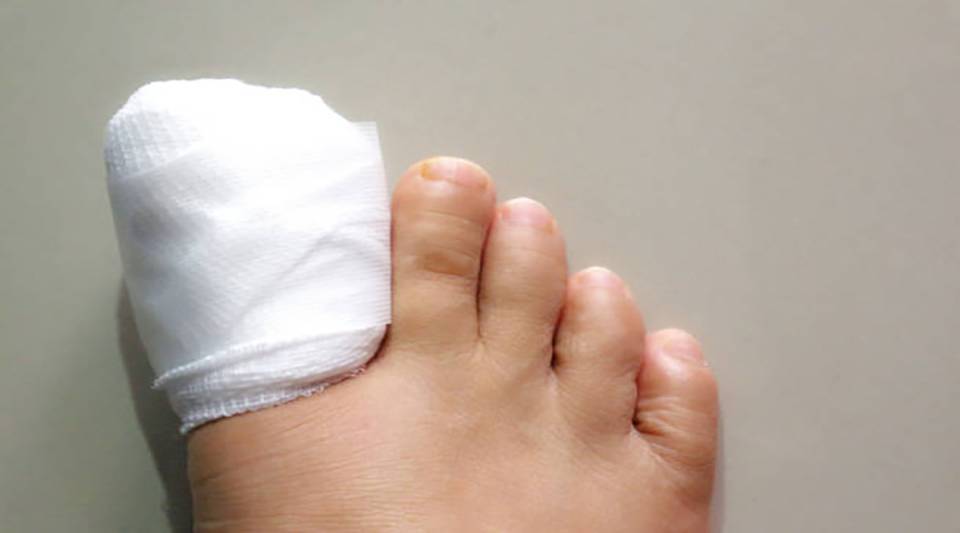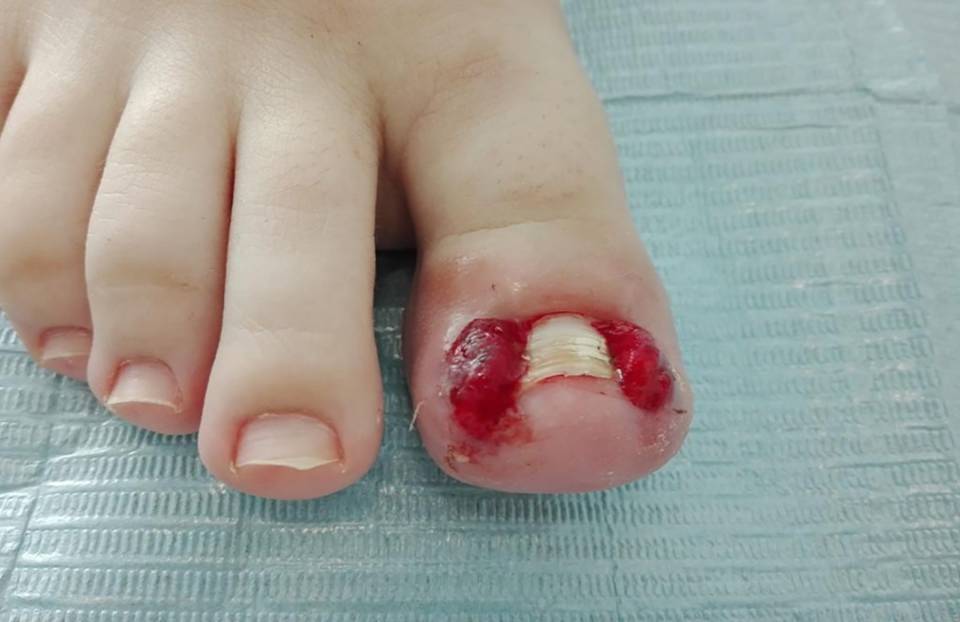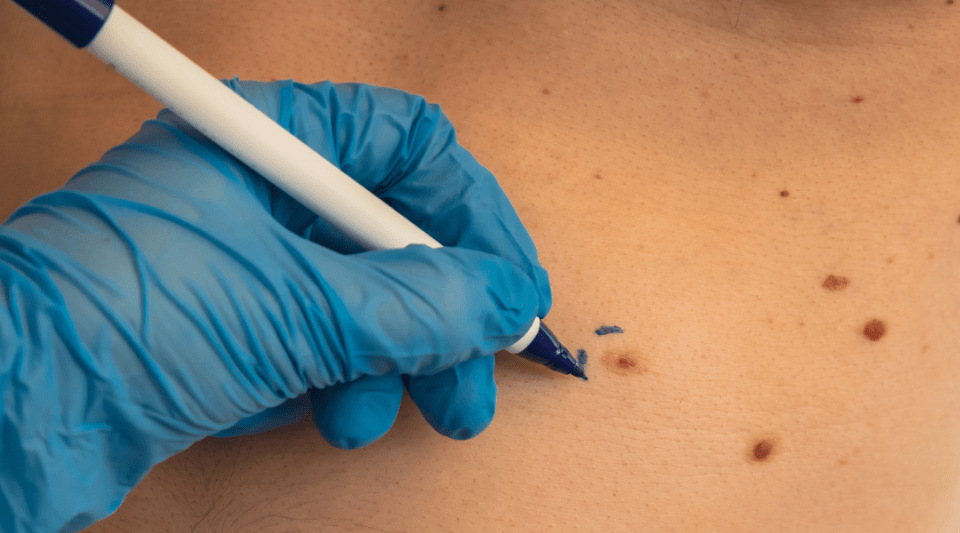It is a very common pathology and tends to affect men more than women. It is caused by a deformity in the nail plate that inflames the soft tissues around the nail. Onychocryptosis causes severe pain around the affected nail, inflammation and infection. If the tissue is not treated properly, it can become infected, exude pus and give off an unpleasant smell. Although this pathology is generally benign, it can lead to complications and more extensive infections, such as cellulitis, or it can affect the bone (osteomyelitis); therefore, it deserves special care.
It affects 5% of the population, although in diabetic patients this percentage can reach 30%. The causes may be due to incorrect cutting of the nails (which must be cut straight), family predisposition (since toe shape is inherited), structural alterations of the foot (e.g., flat feet), excessively sweating feet, ill-fitting shoes (e.g. with narrow toes or high heels) and certain injuries (such as being trodden upon). One of the ways to reduce pain is to adapt the shoe to the shape of the foot, since rubbing against the shoe aggravates it. It is best to wear wide shoes with a heel of 1.5-2 cm, and avoid wearing socks or stockings that compress the toes.
The condition occurs in 4 stages. In the early stages, inflammation, oedema and infection occur. A visit to the podiatrist is recommended, who will free the portion of the ingrown nail from the soft tissues and prescribe the use of topical or oral antibiotics. More advanced stages are when granulation tissue (fibrous tissue that occurs before wound healing) and swelling of the nail fold appear (the skin that covers the sides of the nail). In these cases, treatment is usually surgical.
These are outpatient surgeries with local anaesthesia, with the patient going home on the same day of the operation. There are about 15 surgical techniques used, depending on whether they are performed on soft tissues, the bone, the nail plate or if it is mixed and involves both the nail plate and fold. Recovery time may vary depending on the surgical technique. As a general rule, special care must be taken during the first 2 weeks, with the patient recovering completely in a month.
With current surgical techniques, an ingrown toenail is usually cured and very rarely reappears. If it does return, you should consult a podiatrist as soon as possible.





